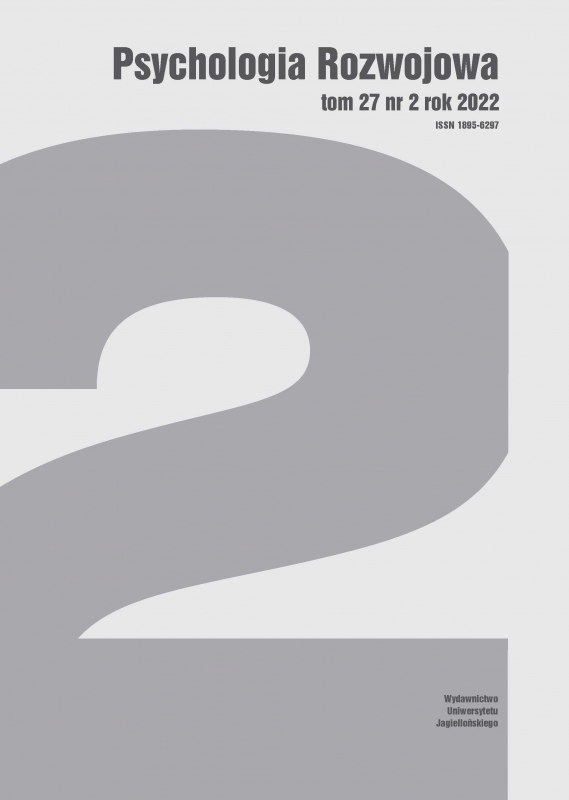Oblicza funkcjonowania społeczno-emocjonalnego adolescentów z zaburzeniami ze spektrum autyzmu – studium przypadku
Social and Emotional Functioning of Adolescents with Autism Spectrum Disorders – a Case Study
Author(s): Emma Nawrocka, Kacper Gargul, Adam Mańkowski, Natalia MańkowskaSubject(s): Social Sciences, Psychology, Social psychology and group interaction, Developmental Psychology
Published by: Wydawnictwo Uniwersytetu Jagiellońskiego
Keywords: Asperger’s Syndrome; autism spectrum disorders; brothers; boys; emotional and social functioning
Summary/Abstract: Autism spectrum disorders (ASD) are disorders with a neurodevelopmental background. Their characteristic features are stereotypical: constant and repetitive patterns of behavior and interests, as well as difficulties in social communication and interpersonal relations. Research works on adolescents with ASD show that building relationships with other people is a challenge for them because – even though they might have very good general knowledge of social principles – they have insufficiently developed skills to recognize signals in human behavior and to respond adequately to them. Moreover, these difficulties in the emotional and social spheres are initially often overlooked in children who are on the autism spectrum but function on an average or high level. The main aim of the work is to present the situation of two adolescent brothers who both present the symptoms of Asperger’s syndrome (AS). At the time of the examination, the younger boy (Wojtek) was 14 years old and had been diagnosed with Asperger’s Syndrome. The older brother (Tomek) was 18 years old and had started a series of meetings with a psychologist. Both teenagers were tested with tools that assess the development of social competencies, intelligence and emotional intelligence. The conducted tests and interviews showed that the boy without a confirmed diagnosis of Asperger’s Syndrome had greater difficulties than his younger brother in understanding the emotions and intentions of other people. The younger brother felt much better in the interpersonal area and functioned more effectively in social situations, despite the fact that he also has intra- and interpersonal problems. Perhaps due to his timely diagnosis, the younger brother obtains more support from his family and probably also received support at key moments in his social and emotional development. The presented case study emphasizes the importance of the proper socio-emotional assessment of people in the diagnostic process. Its limitations are the lack of assessment of the boys’ mood and temperamental differences. These issues should be addressed in subsequent research.
Journal: Psychologia Rozwojowa
- Issue Year: 27/2022
- Issue No: 2
- Page Range: 57-69
- Page Count: 13
- Language: Polish

